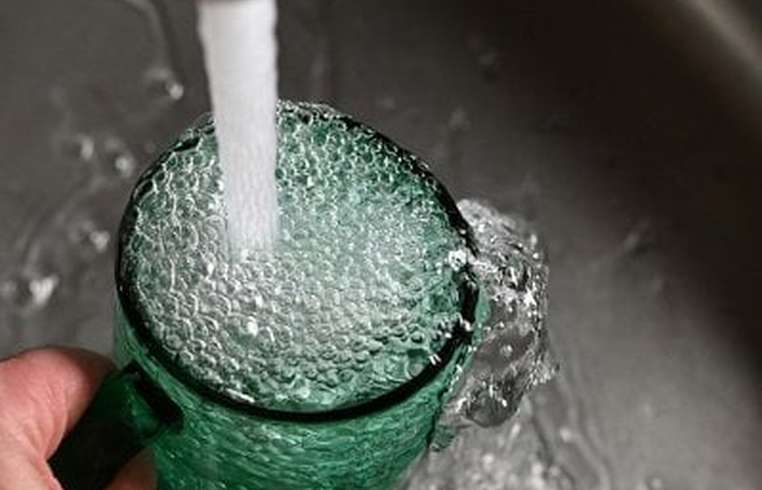
News - Researchers find way to easily detect drinking water contamination in pipelines
Business Strategy
Researchers find way to easily detect drinking water contamination in pipelines

Millions of people around the world face serious health risks due to high levels of toxic lead in their drinking water, reports ScienceDaily. This contamination, which can impair brain development in children, cause birth defects, and lead to a variety of neurological and heart diseases, remains a major public health problem. Millions of families in many countries of the world still receive drinking water through lead pipes, but scientists have found a way to detect in these pipes dangerous doses of the metal in advance. “It’s an unaddressed public health crisis that leads to over 1 million deaths annually,” says Jia Xu Brian Sia, a Massachusetts Institute of Technology (MIT) postdoc and the senior author of the paper describing the new technology. Traditional methods of detecting lead in water are either expensive and cumbersome, or give only basic yes-no results without indicating its concentration, writes Focus. Current EPA regulations require that drinking water contain no more than 15 parts per billion of lead, a level that is difficult to detect with today's technology. But researchers at MIT have developed a new system that could revolutionize lead detection. This innovative technology, which could be commercially available in just a few years, is capable of accurately determining lead concentrations down to 1 part per billion using a simple portable chip-based detector. It provides almost instantaneous quantitative measurements using just one drop of water. The aforesaid team developed a detection method using photonic chips that use light to make measurements. An almost insurmountable challenge has been the chemical attachment of crown ethers, ring-shaped molecules capable of trapping certain ions, such as lead, on the surface of photonic chips.






